Description
In this comprehensive guide, we will delve into the world of corrosion probes and explore their significance in monitoring and preventing corrosion. Corrosion is a persistent challenge faced by industries across the globe, and effective corrosion monitoring plays a vital role in mitigating its damaging effects. By understanding the various aspects of corrosion probes, their types, applications, and benefits, we can equip ourselves with the knowledge needed to combat corrosion more efficiently.
Introduction to Corrosion Probes
A corrosion probe also referred to as an electrochemical response monitoring instrument, is engineered to capture real-time corrosion rate data in particular chemical settings. These probes are strategically placed in direct contact with metallic objects or structures that are susceptible to corrosion. By continuously monitoring the corrosion rate, these probes provide valuable insights into the effectiveness of corrosion prevention measures and facilitate proactive maintenance to prevent catastrophic failures
 Importance of Corrosion Monitoring
Importance of Corrosion Monitoring
Corrosion monitoring serves as a crucial tool in combating and protecting against corrosion. It enables industries to assess the effectiveness of corrosion prevention methods, such as cathodic protection and the use of corrosion inhibitors. By obtaining accurate and real-time corrosion rate data, organizations can make informed decisions to optimize their corrosion protection strategies and allocate resources more efficiently.
Distinction Between Corrosion Monitoring and Inspection
To gain a better understanding, it is essential to differentiate between corrosion monitoring and corrosion inspection. Corrosion inspection typically involves frequent checkpoints to identify changes or deviations from predicted results. On the other hand, corrosion monitoring is a continuous process that allows for prompt control and intervention against corrosion. While inspection aims to evaluate or estimate the remaining corrosion time for corrective actions, monitoring focuses on prevention and continuous improvement of corrosion prevention strategies.
Online Corrosion Monitoring Methods
Online corrosion monitoring relies on different techniques to measure and analyze corrosion rates. Let’s explore two commonly used methods:
- Weight Loss Coupons
Weight loss coupons are widely employed in online corrosion monitoring. These coupons are crafted from the same material as the pipe, tank, or vessel being monitored for corrosion. Various coupon shapes, such as strip, ladder strip, flush disc, multi-disc, and scale coupons, are available. By measuring the weight loss of these coupons over time, the corrosion rate can be estimated. This method provides valuable data for evaluating the effectiveness of corrosion prevention measures and optimizing corrosion protection strategies.
- Electrical Resistance (ER) Corrosion Probes
Electrical resistance corrosion probes offer another effective means of online corrosion monitoring. They come in different types, each tailored to specific applications. ER probes measure the corrosion rate and transmit the data to control systems using handheld or fixed data loggers, or corrosion transmitters. Common types of ER probes include flush type, cylindrical, spiral loop, wire loop, and tube loop. These probes facilitate real-time monitoring of corrosion rates and enable swift response to any deviations.
Advantages of Corrosion Probes
Corrosion probes offer several advantages that make them indispensable in corrosion monitoring and prevention:
Real-time Corrosion Rate Monitoring: Corrosion probes provide immediate and accurate corrosion rate data, allowing for proactive measures to be taken promptly. By monitoring corrosion in real time, industries can minimize the risk of material degradation and structural failures.
Optimization of Corrosion Prevention Measures: With the data obtained from corrosion probes, organizations can evaluate the effectiveness of their existing corrosion prevention methods. This information empowers them to optimize their strategies and implement targeted improvements for enhanced protection against corrosion.
Cost Savings and Resource Allocation: By precisely monitoring corrosion rates, industries can avoid unnecessary expenditures on excessive corrosion protection measures. Corrosion probes enable more efficient allocation of resources by ensuring that preventive actions are taken only when and where they are truly needed.
Early Detection of Corrosion Issues: Corrosion probes act as an early warning system, providing insights into the onset of corrosion-related problems. This allows industries to intervene promptly, minimizing the potential for extensive damage and costly repairs.
Data-driven Decision Making: The data collected from corrosion probes form a valuable foundation for data-driven decision-making. By analyzing trends and patterns in corrosion rates, organizations can make informed choices regarding maintenance schedules, material selection, and corrosion prevention strategies.
Compliance with Regulatory Standards: Many industries are subject to regulatory standards and requirements regarding corrosion prevention. Corrosion probes help ensure compliance by providing accurate corrosion rate data and facilitating the monitoring and reporting necessary to meet regulatory obligations.
Improved Equipment Longevity: Effective corrosion monitoring, enabled by corrosion probes, contributes to the longevity and reliability of equipment and structures. By identifying and addressing corrosion at an early stage, industries can extend the lifespan of their assets, reducing the need for premature replacements and associated costs.
Enhanced Safety: Corrosion-related failures can pose safety risks to personnel and the environment. Corrosion probes play a vital role in ensuring the integrity of structures and equipment, thereby enhancing safety and minimizing the potential for accidents or environmental incidents.
In summary, corrosion probes are indispensable tools in the fight against corrosion. By providing real-time and accurate corrosion rate data, these probes enable industries to optimize their corrosion prevention strategies, allocate resources efficiently, and ensure compliance with regulatory standards. The benefits of corrosion probes extend beyond cost savings, encompassing improved equipment longevity, enhanced safety, and proactive maintenance to prevent catastrophic failures. Incorporating corrosion probes into corrosion monitoring programs empowers industries to stay one step ahead of corrosion, safeguarding their assets and ensuring operational excellence.
Frequently Asked Questions
Q1: What is corrosion monitoring?
A1: Corrosion monitoring refers to the use of specific methods and equipment. It involves tracking and observing the gradual degradation of materials caused by various factors like chemicals, electrochemical reactions, or environmental conditions. The purpose of corrosion monitoring is to enable better care, prevention, and the implementation of effective measures to combat corrosion and protect assets from deterioration.
Q2: Why is corrosion monitoring important?
A2: Corrosion monitoring is crucial because it helps mitigate the negative effects of corrosion on industrial assets. Without proper monitoring, corrosion can lead to asset failures, leaks, reduced performance, safety risks, increased costs, and environmental damage. By actively monitoring corrosion, one can identify its presence, track its progression, and take preventive measures before it reaches a critical point. This proactive approach reduces maintenance costs, improves asset longevity, enhances reliability, and ensures safety.
Q3: What is the difference between corrosion inspection and corrosion monitoring?
A3: While corrosion inspection and corrosion monitoring are related, they serve different purposes. Corrosion inspection involves periodic assessments of the entire asset to check for any changes or deviations from expected results. It aims to evaluate corrosion and determine the need for repairs or replacements. On the other hand, corrosion monitoring focuses on continuous observation of specific areas or sections of an asset to quickly identify and respond to changes. Its purpose is to prevent corrosion and improve preventive measures rather than estimating corrosion time for replacement or repair.
Q4: What are the methods used for online corrosion monitoring?
A4: Online corrosion monitoring employs various methods to continuously monitor corrosion. Some commonly used methods include:
1. Weight loss coupons: These coupons, made of the same material as the monitored pipe or vessel, are placed in the system to measure corrosion through weight loss.
2. Electrical resistance (ER) corrosion probes: ER probes measure corrosion rates by monitoring changes in electrical resistance. They come in different types, such as flush type, cylindrical, spiral loop, wire loop, and tube loop.
3. Linear polar resistance probes: These probes are primarily used in the water industry to monitor corrosion fluctuations in conductive fluids like water.
4. Online ultrasonic thickness sensors: Non-intrusive ultrasonic sensors measure metal structure thickness without physical access or disruption. They provide accurate and reliable data for early corrosion detection.
5. Hydrogen probes: Hydrogen probes monitor the penetration of hydrogen into steels, which can cause brittleness, porosity, or decarbonization.
6. Sand probes: They are utilized to monitor corrosion caused by erosion or wear, typically in gas pipelines where fluid velocity causes erosion.
7. Biological probes (bio-probes): Bio-probes collect samples for microbiological analysis to monitor corrosion accelerated by microorganisms.
Q5: What are the main pieces of equipment used in corrosion monitoring systems?
A5: In addition to the various probes, corrosion monitoring systems utilize specific equipment for effective monitoring. The main equipment includes:
1. Access fittings: These fittings, such as flanged or flare-weld connections, enable access to corrosion coupons and probes.
2. Coupon holders: Used to secure corrosion coupons inside pipes or tanks, these holders attach to solid or hollow plugs. Common materials used for coupon holders are stainless steel 316/316L, Monel, and Inconel.
3. Service valves: Ball-type service valves are employed to block fluid flow during the replacement of corrosion coupons or probes. They are attached to solid or hollow plugs after removing the access fitting cover.
4. Retrievers: Retrievers are used to insert and retrieve corrosion coupons and probes without interrupting the process. They come in hydraulic and mechanical types.
5. Additional resources such as access platforms, and data loggers.

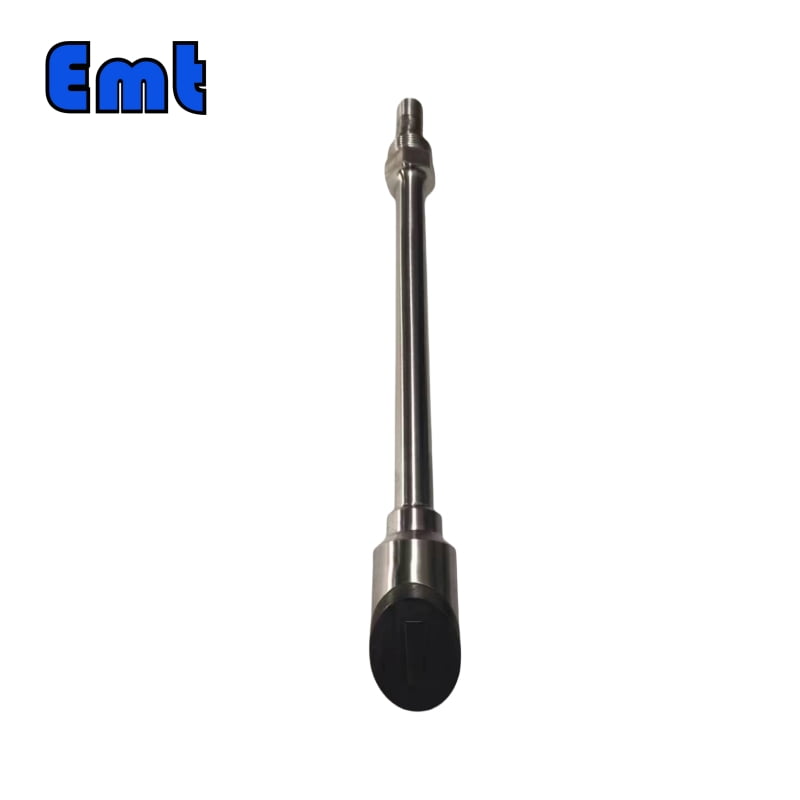
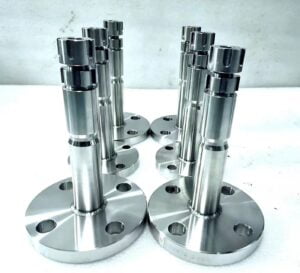 Importance of Corrosion Monitoring
Importance of Corrosion Monitoring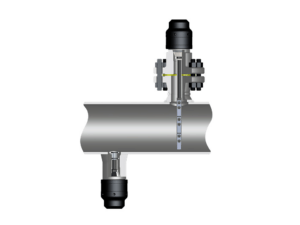
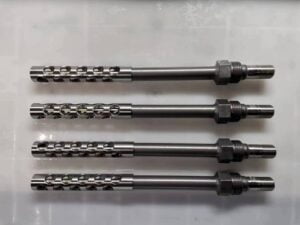
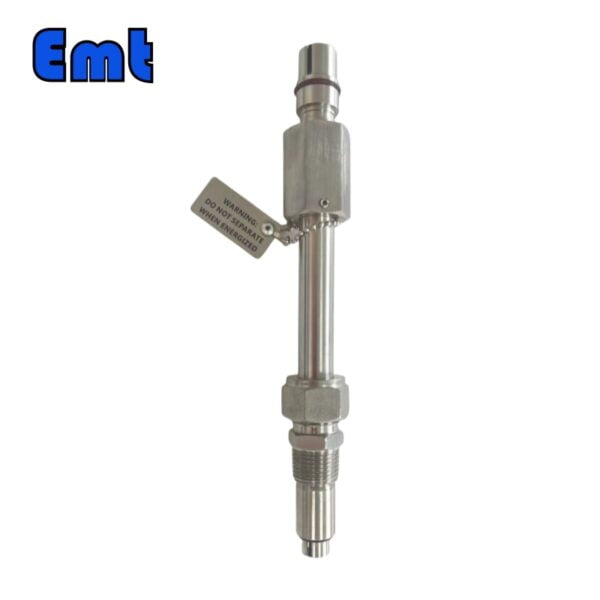
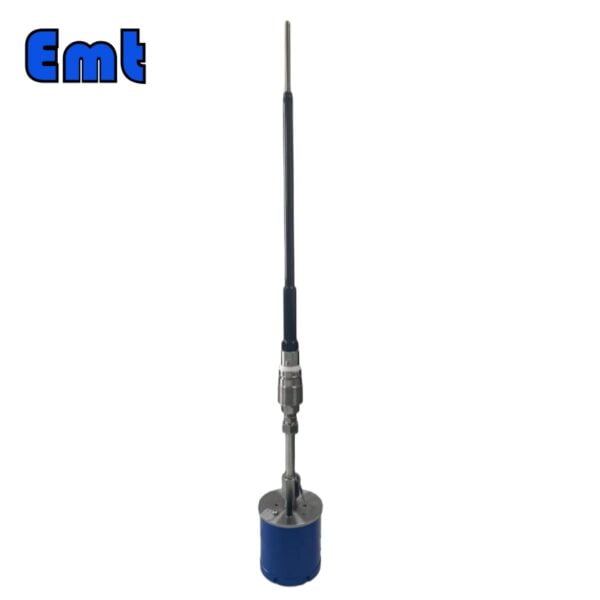
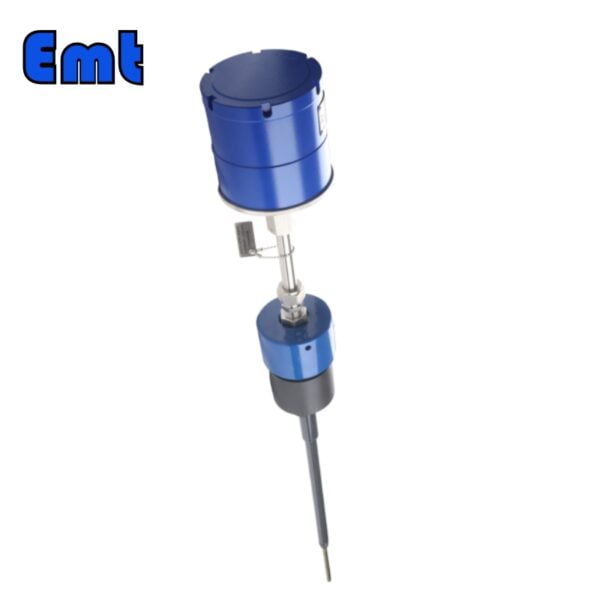
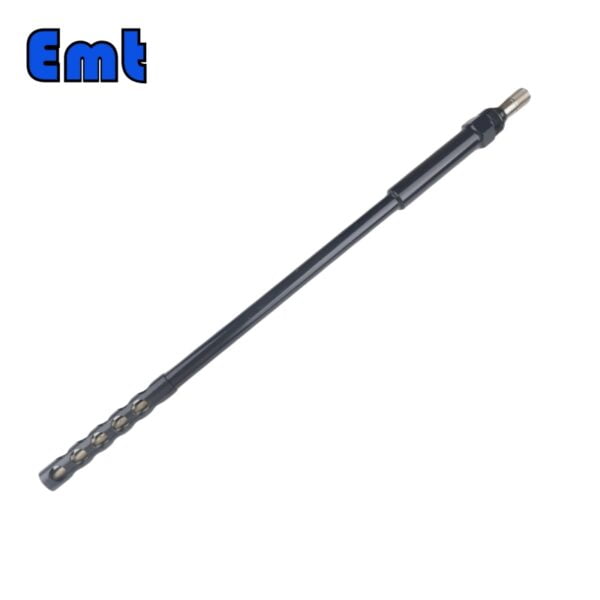
Reviews
There are no reviews yet.